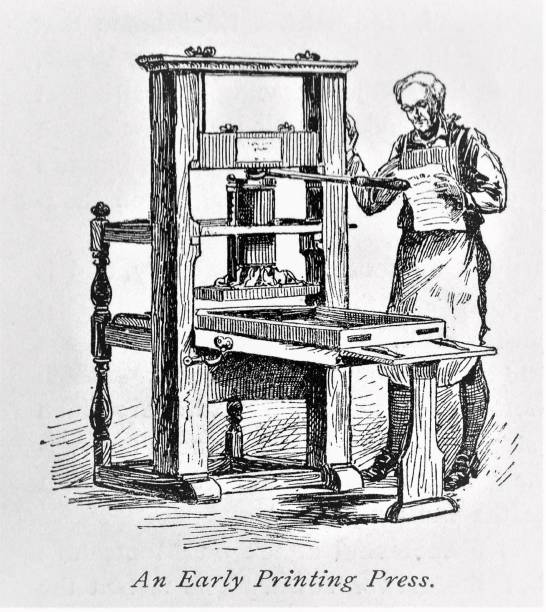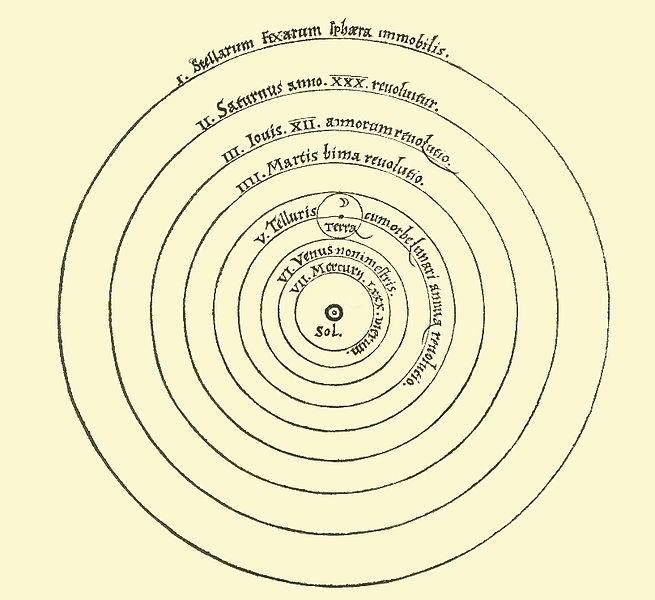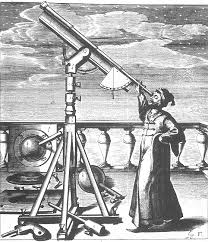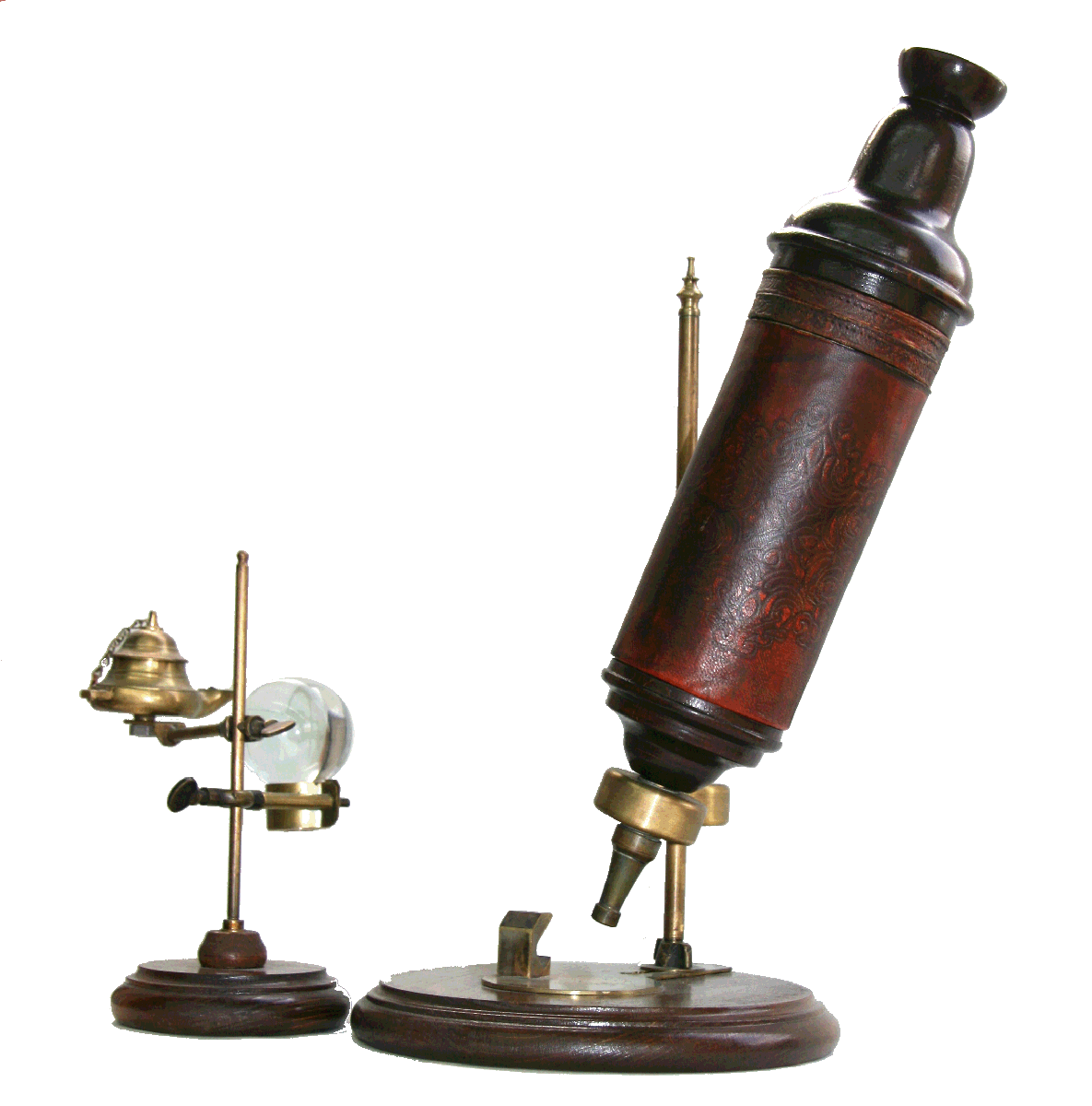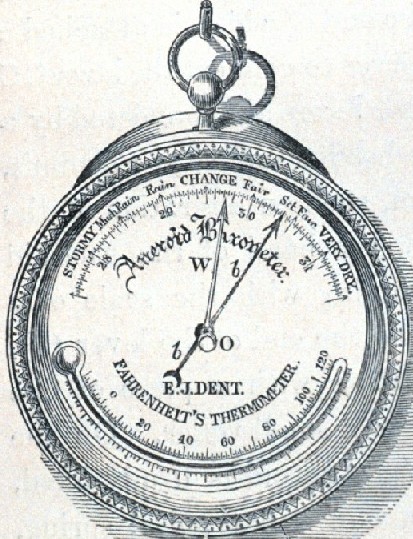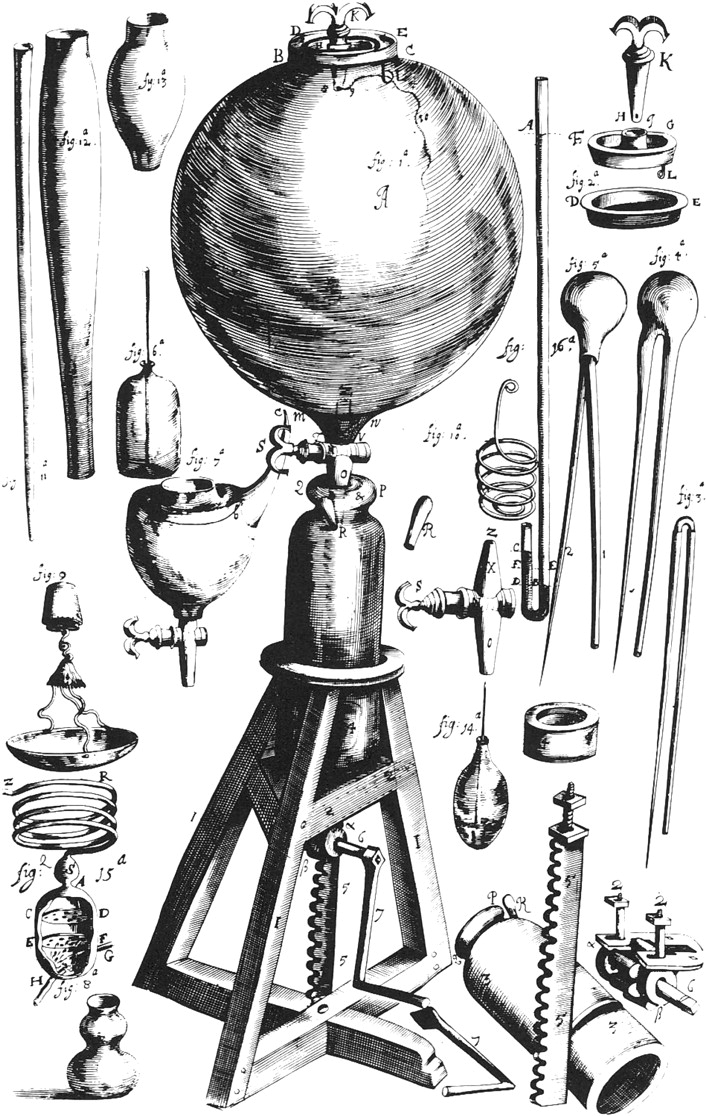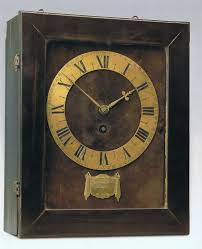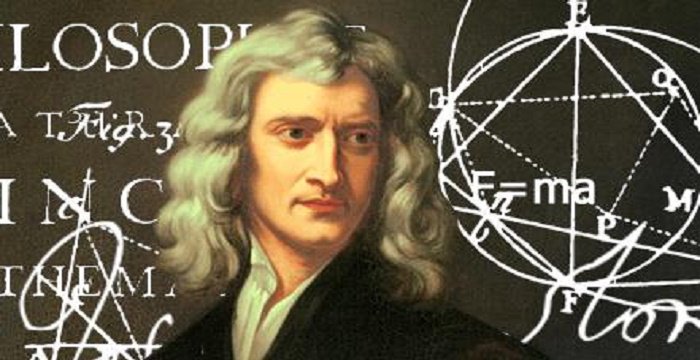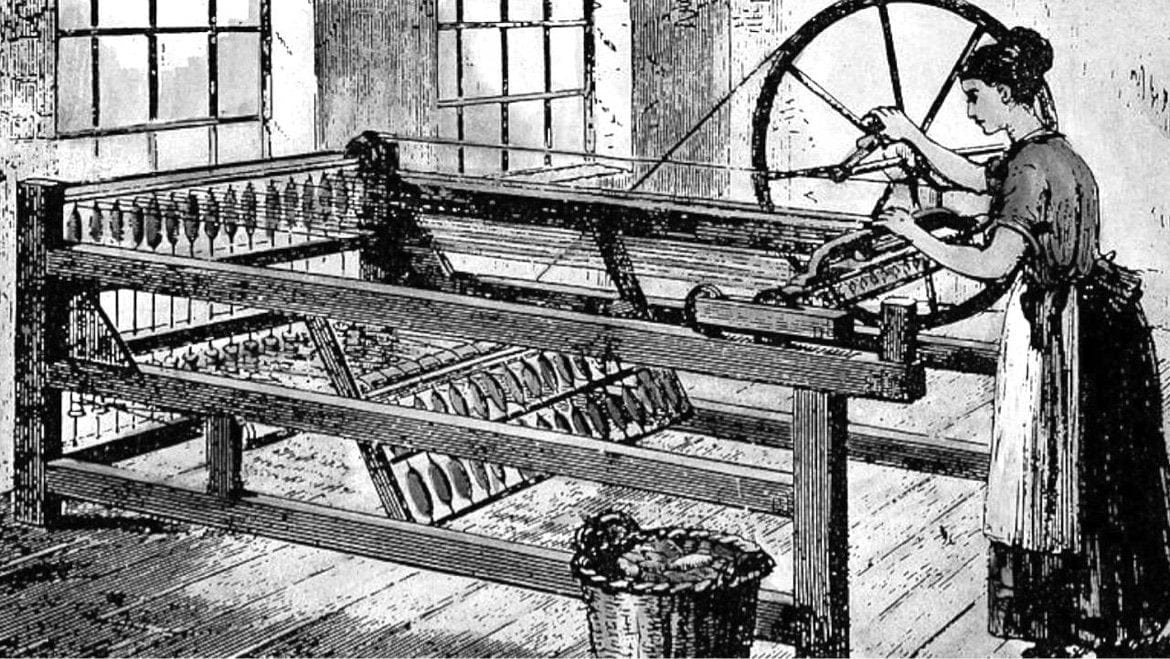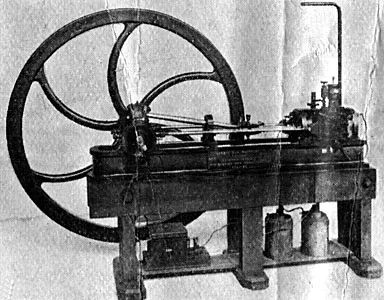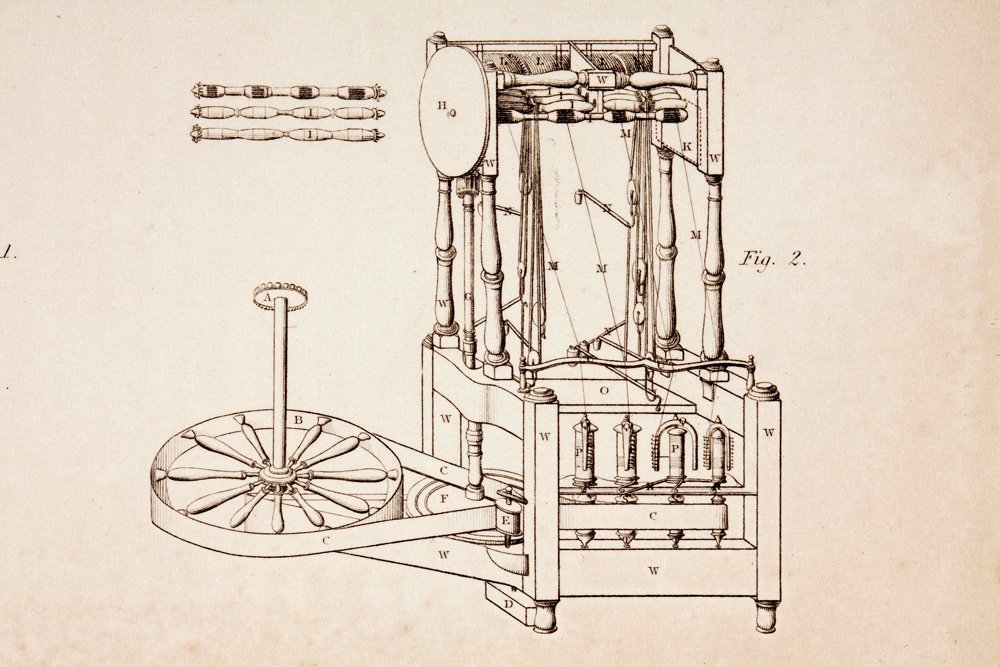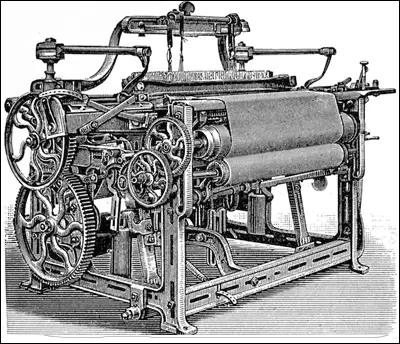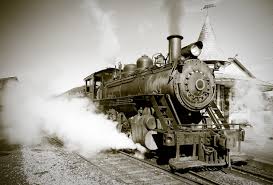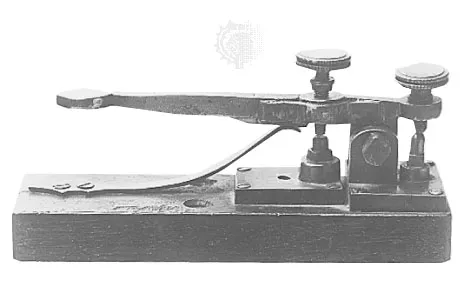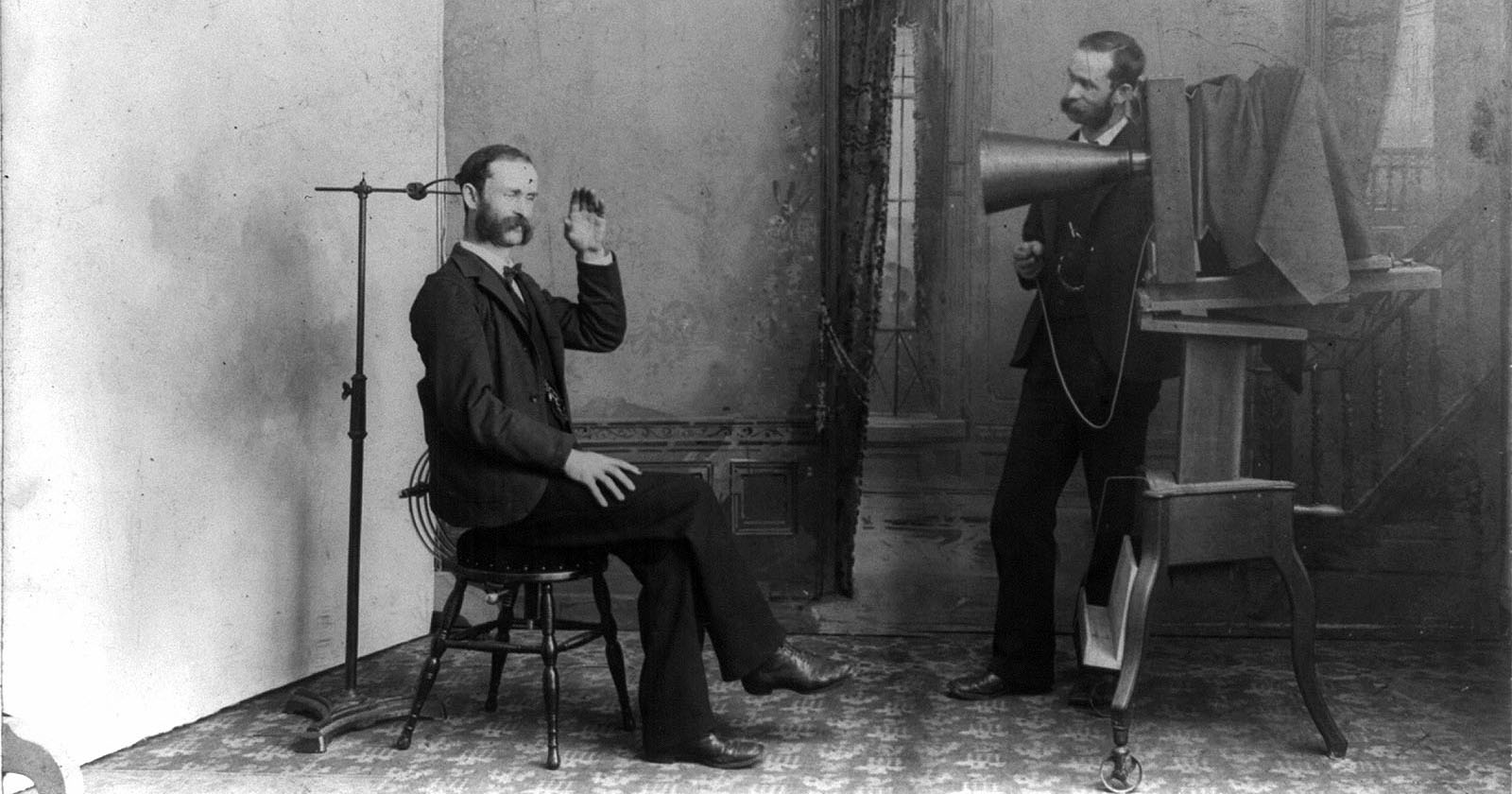I present to you... THE HALL OF WONDERSSS!!!
Let me show you the elegance and beauty of the inventions made in the scientific and industrial revolution, through a timeline!
Now, no more chit-chat, lets begin with the SCIENTIFIC REVOLUTIONN
The printing press (1450's) mechanized the reproduction of text, enabling the swift dissemination of scientific ideas and accelerating the intellectual ferment of Europe.
Copernicus's revolutionary model reoriented the cosmos by placing the Sun, rather than the Earth, at the center, reshaping astronomy and challenging ecclesiastical doctrine. (1543)
Refined by Galileo, the telescope unveiled celestial phenomena previously unseen, laying the foundation for empirical astronomy and altering humanity’s view of the universe. 1608-1609
The microscope revealed the microscopic world, inaugurating the fields of microbiology and cellular biology through magnification of the unseen c. 1590-1620
Torricelli's barometer quantified atmospheric pressure, marking a pivotal advance in meteorology and the study of gas laws. 1643
Von Guericke’s air pump facilitated vacuum experiments, proving that air has weight and opening the door to pneumatic science. 1650
Huygens’s invention brought unprecedented precision to timekeeping, vital for navigation, astronomy, and the synchronization of scientific measurements. 1656
Developed independently by Newton and Leibniz, calculus provided a mathematical framework for modeling change and motion, revolutionizing physics and engineering. Late 1600s
And now... The Industrial Revolution!
Hargreaves’s Spinning Jenny transformed textile production by allowing a single worker to spin multiple spools simultaneously, igniting mechanized industry. 1764
Watt's refined steam engine converted thermal energy into mechanical power with remarkable efficiency, powering the industrial age across continents. 1769
Arkwright's water-powered spinning frame enabled the mass production of strong, fine yarns, centralizing textile manufacturing in early factories. 1769
Cartwright’s power loom automated the weaving process, dramatically increasing fabric output and reducing reliance on manual labor. 1785
Whitney’s device separated cotton fibers from seeds with mechanical speed, exponentially boosting cotton processing and altering global economies. 1793
The steam locomotive harnessed pressurized steam to propel iron carriages along rails, revolutionizing land transport and industrial logistics. 1804-1829
Volta’s voltaic pile provided the first continuous electric current, serving as a cornerstone for the science of electrochemistry and electrical engineering. 1800
Morse's telegraph transmitted coded signals across vast distances at near-instant speed, ushering in a new era of communication. 1837
Daguerre's process chemically captured light on metal plates, preserving moments with scientific precision and aesthetic permanence. 1839
Howe's mechanical needlework invention mechanized stitching, streamlining garment production and shaping the future of fashion and labor. 1846
And that concludes the Hall Of Wonders, the immaculate beauty of these inventions, discovered and constructed over the years, has shaped humanity as as a whole, allowing processes and jobs and whatnot to be completed more efficiently, from transportation to sewing to communication, each invention contributing from its own part, to show what humanity can really do.
